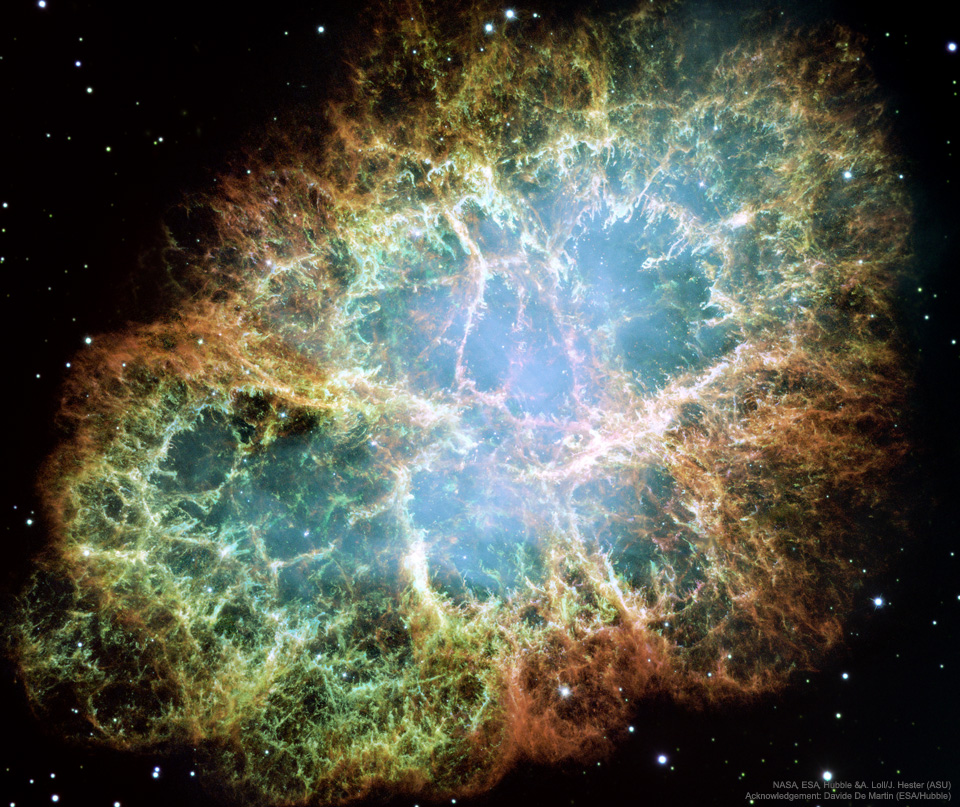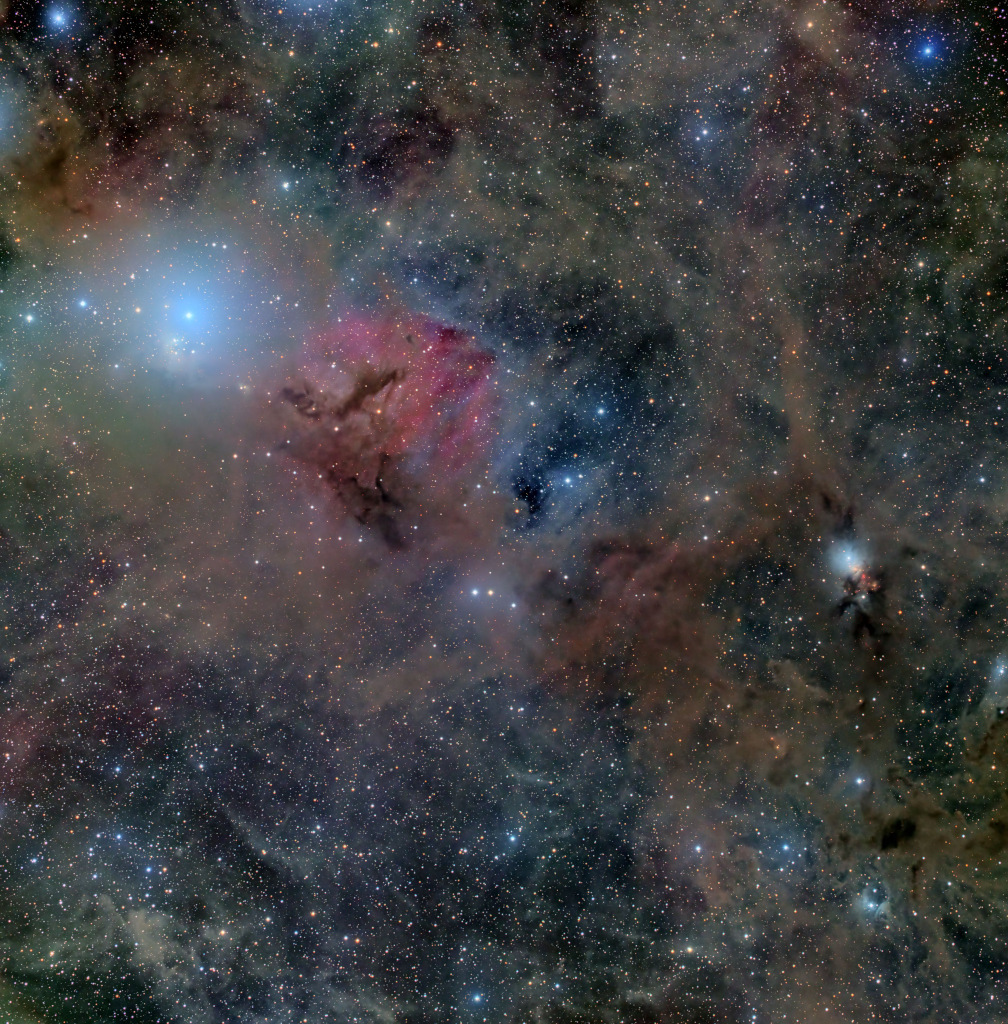Nombre total de pages vues
18/01/2023
BIOMIMETISME - La soie super-résistante des araignées
17/01/2023
ASTRONOMY - Unexpected Clouds Toward the Andromeda Galaxy
2023 January 17
Image Credit & Copyright: Yann Sainty & Marcel Drechsler
16/01/2023
MERVEILLEUX MONDE SOUS-MARIN - Lagon de Truk, îles de Chuuk, Micronésie
Crédit photo: ILTWMT
ASTRONOMY - Moon Enhanced
2023 January 16
Image Credit & Copyright: Darya Kawa Mirza
Explanation: Our Moon doesn't really look like this. Earth's Moon, Luna, doesn't naturally show this rich texture, and its colors are more subtle. But this digital creation is based on reality. The featured image is a composite of multiple images and enhanced to bring up real surface features. The enhancements, for example, show more clearly craters that illustrate the tremendous bombardment our Moon has been through during its 4.6-billion-year history. The dark areas, called maria, have fewer craters and were once seas of molten lava. Additionally, the image colors, although based on the moon's real composition, are changed and exaggerated. Here, a blue hue indicates a region that is iron rich, while orange indicates a slight excess of aluminum. Although the Moon has shown the same side to the Earth for billions of years, modern technology is allowing humanity to learn much more about it -- and how it affects the Earth.
15/01/2023
ASTRONOMY - M1: The Crab Nebula from Hubble
2023 January 15
Image Credit: NASA, ESA, Hubble, J. Hester, A. Loll (ASU)
Explanation: This is the mess that is left when a star explodes. The Crab Nebula, the result of a supernova seen in 1054 AD, is filled with mysterious filaments. The filaments are not only tremendously complex, but appear to have less mass than expelled in the original supernova and a higher speed than expected from a free explosion. The featured image, taken by the Hubble Space Telescope, is presented in three colors chosen for scientific interest. The Crab Nebula spans about 10 light-years. In the nebula's very center lies a pulsar: a neutron star as massive as the Sun but with only the size of a small town. The Crab Pulsar rotates about 30 times each second.
14/01/2023
MERVEILLEUX MONDE SOUS-MARIN - Trou bleu de Dean - Bahamas

Crédit photo: YouTube – Guillaume Néry
ASTRONOMY - Perihelion Sun 2023
2023 January 14
Image Credit & Copyright: Peter Ward (Barden Ridge Observatory)
Explanation: Perihelion for 2023, Earth's closest approach to the Sun, was on January 4 at 16:17 UTC. That was less than 24 hours after this sharp image of the Sun's disk was recorded with telescope and H-alpha filter from Sidney, Australia, planet Earth. An H-alpha filter transmits a characteristic red light from hydrogen atoms. In views of the Sun it emphasizes the Sun's chromosphere, a region just above the solar photosphere or normally visible solar surface. In this H-alpha image of the increasingly active Sun planet-sized sunspot regions are dominated by bright splotches called plages. Dark filaments of plasma snaking across the solar disk transition to bright prominences when seen above the solar limb.
13/01/2023
ASTRONOMY - Young Star Cluster NGC 346
2023 January 13
Image Credit: Science - NASA, ESA, CSA, Olivia C. Jones (UK ATC), Guido De Marchi (ESTEC), Margaret Meixner (USRA)
Processing - Alyssa Pagan (STScI), Nolan Habel (USRA), Laura Lenkić (USRA), Laurie E. U. Chu (NASA Ames)
Explanation: The most massive young star cluster in the Small Magellanic Cloud is NGC 346, embedded in our small satellite galaxy's largest star forming region some 210,000 light-years distant. Of course the massive stars of NGC 346 are short lived, but very energetic. Their winds and radiation sculpt the edges of the region's dusty molecular cloud triggering star-formation within. The star forming region also appears to contain a large population of infant stars. A mere 3 to 5 million years old and not yet burning hydrogen in their cores, the infant stars are strewn about the embedded star cluster. This spectacular infrared view of NGC 346 is from the James Webb Space Telescope's NIRcam. Emission from atomic hydrogen ionized by the massive stars' energetic radiation as well as and molecular hydrogen and dust in the star-forming molecular cloud is detailed in pink and orange hues. Webb's sharp image of the young star-forming region spans 240 light-years at the distance of the Small Magellanic Cloud.
12/01/2023
ASTRONOMY - Stardust in Perseus
Image Credit & Copyright: Jack Groves
Explanation: This cosmic expanse of dust, gas, and stars covers some 6 degrees on the sky in the heroic constellation Perseus. At upper left in the gorgeous skyscape is the intriguing young star cluster IC 348 and neighboring Flying Ghost Nebula with clouds of obscuring interstellar dust cataloged as Barnard 3 and 4. At right, another active star forming region NGC 1333 is connected by dark and dusty tendrils on the outskirts of the giant Perseus Molecular Cloud, about 850 light-years away. Other dusty nebulae are scattered around the field of view, along with the faint reddish glow of hydrogen gas. In fact, the cosmic dust tends to hide the newly formed stars and young stellar objects or protostars from prying optical telescopes. Collapsing due to self-gravity, the protostars form from the dense cores embedded in the molecular cloud. At the molecular cloud's estimated distance, this field of view would span over 90 light-years.
11/01/2023
ASTRONOMY - Spiral Aurora over Iceland
2023 January 11
Image Credit & Copyright: Stefano Pellegrini
Explanation: The scene may look like a fantasy, but it's really Iceland. The rock arch is named Gatklettur and located on the island's northwest coast. Some of the larger rocks in the foreground span a meter across. The fog over the rocks is really moving waves averaged over long exposures. The featured image is a composite of several foreground and background shots taken with the same camera and from the same location on the same night last November. The location was picked for its picturesque foreground, but the timing was planned for its colorful background: aurora. The spiral aurora, far behind the arch, was one of the brightest seen in the astrophotographer's life. The coiled pattern was fleeting, though, as auroral patterns waved and danced for hours during the cold night. Far in the background were the unchanging stars, with Earth's rotation causing them to appear to slowly circle the sky's northernmost point near Polaris.
ASTRONOMY - M1: The Crab Nebula
2025 December 29 M1: The Crab Nebula Image Credit & Copyright: Alan Chen Explanation: This is the mess that is left when a star explo...

-
2022 September 26 All the Water on Planet Earth Illustration Credit: Jack Cook, Adam Nieman, Woods Hole Oceanographic Institution ; Data ...
-
2025 May 11 The Surface of Venus from Venera 14 Image Credit: Soviet Planetary Exploration Program , Venera 14 ; Processing & Copyri...








